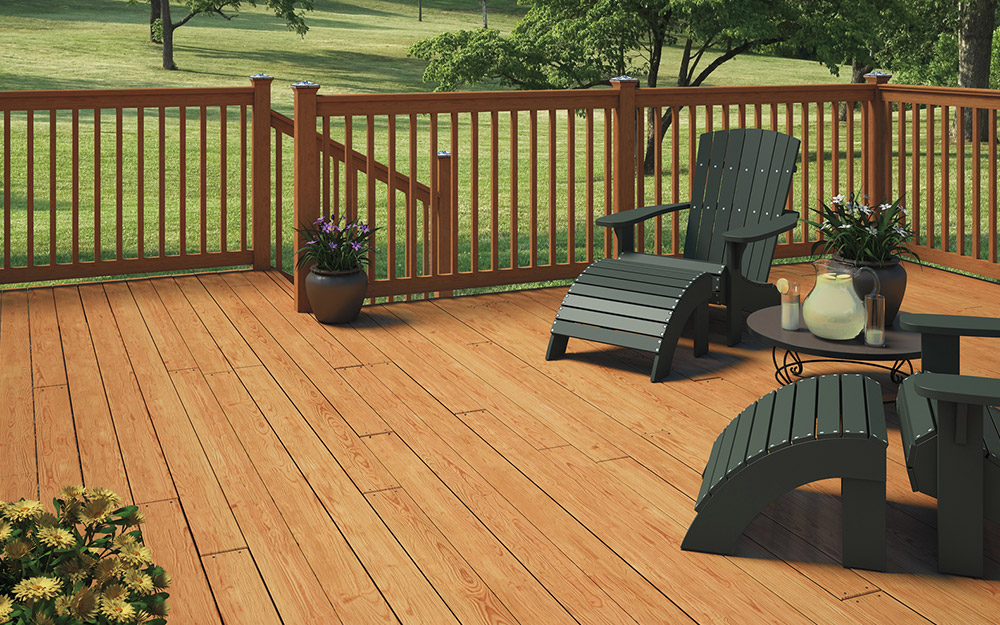Maximize Your Outdoor Space Expert Tips on Designing and Maintaining an Outdoor Kitchen Deck

Transforming your backyard into an outdoor kitchen paradise involves more than just setting up a grill and some chairs. An outdoor kitchen deck combines functionality with style, making it an inviting space for cooking, dining, and entertaining. This guide provides an in-depth look at designing, selecting materials for, and maintaining an outdoor kitchen deck to ensure you create a stunning and practical outdoor living space.
1. The Appeal of Outdoor Kitchen Decks
An outdoor kitchen deck is more than just an extension of your indoor cooking area; it’s a space that enhances your lifestyle and adds value to your home. Here’s why an outdoor kitchen deck can be a great addition:
- Enhanced Entertainment: An outdoor kitchen decks allows you to host gatherings, cookouts, and family meals in a beautiful outdoor setting.
- Increased Property Value: Homes with well-designed outdoor kitchens often have higher market value and appeal to potential buyers.
- Year-Round Enjoyment: With proper planning, you can use your outdoor kitchen deck throughout the year, regardless of the weather.
2. Designing Your Outdoor Kitchen Deck
A. Layout and Functionality
- Define the Layout:
- Cooking Area: Allocate space for essential cooking appliances like grills, smokers, pizza ovens, and countertops. Consider adding an outdoor sink and refrigerator for convenience.
- Dining Space: Include a dining area with a table and chairs or a bar with stools. Ensure there is ample space for guests to move around comfortably.
- Storage Solutions: Incorporate cabinets and drawers for storing utensils, cookware, and other kitchen essentials.
- Flow and Accessibility:
- Ease of Movement: Plan for a logical flow between the cooking area, prep space, and dining area. Ensure there are clear paths for easy movement and access.
- Connection to Indoors: Position your outdoor kitchen deck close to your indoor kitchen to streamline the process of transferring food and supplies.
B. Aesthetic Considerations
- Style and Design:
- Match Your Home: Choose a design that complements the architecture and style of your home. Options include modern, rustic, traditional, or coastal themes.
- Visual Appeal: Incorporate design elements such as stone or brick features, custom cabinetry, and high-quality countertops to enhance the overall look.
- Lighting and Heating:
- Lighting: Install ambient, task, and accent lighting to create a welcoming atmosphere and ensure functionality in the evening. Consider under-counter lights, pendant fixtures, and string lights.
- Heating Options: Add outdoor heaters or a fire pit to extend the usability of your deck during cooler months.
3. Selecting Materials
A. Decking Materials
- Wood Decking:
- Types: Popular options include cedar, redwood, and pressure-treated lumber. Wood decking offers a natural look but requires regular maintenance.
- Pros: Aesthetic appeal, warmth, and versatility.
- Cons: Requires periodic sealing, staining, and protection from the elements.
- Composite Decking:
- Composition: Made from a mix of wood fibers and plastic, composite decking is low-maintenance and available in various colors and styles.
- Pros: Durability, resistance to weathering, and minimal upkeep.
- Cons: Higher initial cost compared to wood.
- PVC Decking:
- Composition: Made from 100% synthetic materials, PVC decking is highly durable and resistant to moisture and UV rays.
- Pros: Low maintenance, high durability, and color consistency.
- Cons: Higher cost and potentially less natural appearance compared to wood.
B. Outdoor Kitchen Materials
- Countertops:
- Granite: Known for its durability and heat resistance, granite countertops add a touch of elegance to your outdoor kitchen.
- Concrete: Offers customization options in terms of color and texture. It’s sturdy and durable.
- Stainless Steel: Provides a modern look and is easy to clean, making it ideal for high-use areas.
- Cabinetry:
- Stainless Steel Cabinets: Resistant to moisture and easy to clean.
- Marine-Grade Plywood: Designed for outdoor use, it withstands weather conditions and moisture.
4. Building and Construction
A. Foundation and Structure
- Footings and Supports:
- Foundation: Ensure your deck has a solid foundation with concrete footings and robust supports. This is crucial for handling the weight of outdoor appliances and furniture.
- Building Codes: Check local building codes and obtain necessary permits to ensure your deck meets safety and regulatory standards.
- Professional vs. DIY:
- Hiring a Professional: Consider hiring a contractor experienced in building outdoor kitchens to ensure quality construction and adherence to building codes.
- DIY: If you choose to build the deck yourself, make sure you have the necessary skills and tools. Follow detailed plans and safety guidelines.
5. Maintenance and Care
A. Deck Maintenance
- Cleaning:
- Routine Cleaning: Sweep and clean your deck regularly to remove debris and stains. For wood decking, use a mild detergent and water. For composite or PVC decking, use a gentle cleaner.
- Deep Cleaning: Periodically deep clean to remove grime and mildew. Follow manufacturer recommendations for cleaning products.
- Sealing and Staining:
- Wood Decking: Apply sealant or stain annually to protect against moisture and UV damage. Regular maintenance helps extend the life of your deck.
- Composite Decking: Typically requires less frequent sealing. Follow the manufacturer’s guidelines for care and maintenance.
B. Outdoor Kitchen Care
- Appliance Maintenance:
- Cleaning: Regularly clean grills, pizza ovens, and other appliances according to manufacturer instructions to ensure they operate efficiently.
- Protection: Use weather-resistant covers for appliances and furniture when not in use to protect them from the elements.
- Storage and Upkeep:
- Organize Storage: Keep storage areas organized to ensure easy access to utensils and cookware. Consider adding shelves or drawer organizers for convenience.
6. Adding Personal Touches
A. Landscaping:
- Planters and Gardens: Integrate landscaping elements such as planters or garden beds around the deck to enhance the overall look.
- Outdoor Rugs and Decor: Use outdoor rugs, cushions, and decorative elements to add comfort and style to your deck area.
B. Accessories:
- Furniture: Invest in durable and comfortable outdoor furniture to create a relaxing and functional space.
- Outdoor Kitchen Accessories: Include accessories like a built-in bar, pizza oven, or outdoor fridge to enhance the functionality of your kitchen deck.
Conclusion
An outdoor kitchen deck is a valuable addition to your home, offering both functionality and aesthetic appeal. By carefully designing the layout, selecting the right materials, and maintaining the space properly, you can create an inviting and durable outdoor cooking and dining area. With thoughtful planning and execution, your outdoor kitchen deck will become a favorite spot for cooking, entertaining, and enjoying the outdoors.








